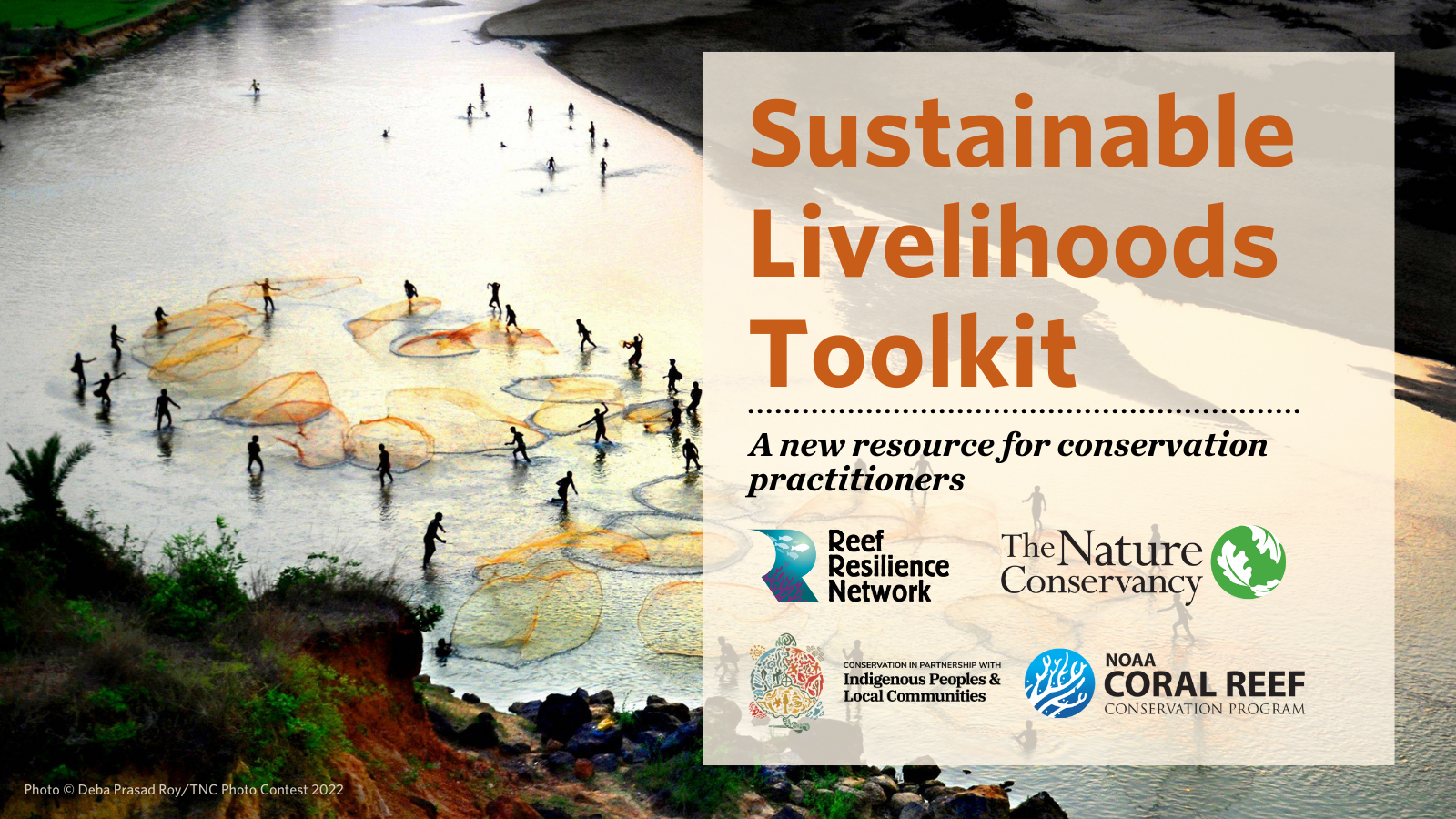This study provides the first empirical evidence linking turbidity and sedimentation with elevated levels of coral disease and other indicators of compromised health in situ. The study was conducted in Australia’s Montebello and Barrow Islands, encompassing marine managed areas characterized by low human use, minimal development/industry and strict management. Detailed coral health assessments were conducted following the completion of an 18-month dredging project in 11 sites of varying sedimentation exposure. Every hard coral colony of 5 cm or greater in diameter along transects was surveyed to determine and classify disease presence, as well as other signs of compromised coral health. It was shown that coral reef exposure to the sediment plume was the main driver of higher levels of diseases and other indicators of degraded coral health. White syndromes (WS) disease prevalence strongly corresponded to high sedimentation and turbidity levels indicating the importance of water quality on coral disease and the need to manage coastal development to maintain nearshore reef health.
Author: Pollock, F.J., J.B. Lamb, S.N. Field, S.F. Heron, B. Schaffelke, et al.
Year: 2014
View Full Article
PLoS ONE 9(7): e102498. doi: 10.1371/journal.pone.0102498


